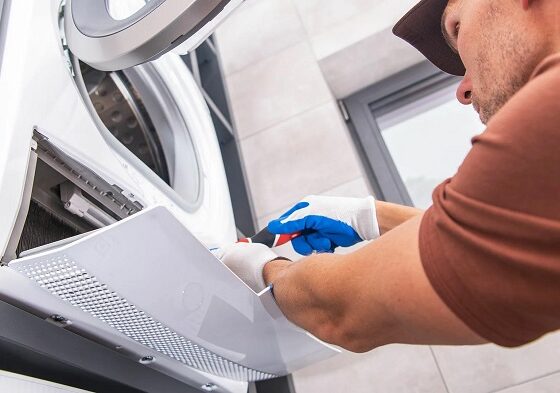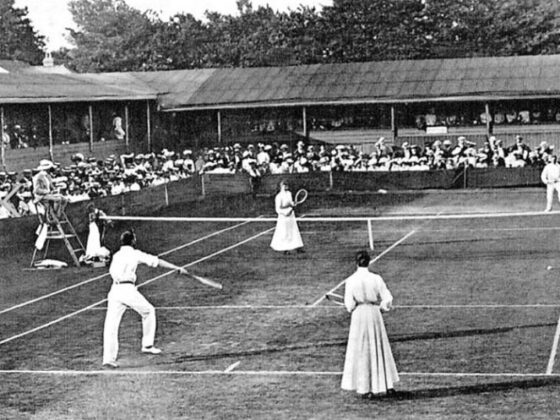From what materials to make the walls of a suburban cottage?
Suburban construction is becoming more and more popular, today there are practically no free plots near large cities. Intensive buildings are carried out at more long distances from noisy megacities. The construction of all these houses is spent by an incredible number of a wide variety of materials, most of which go to the construction of the walls. What materials for walls are used today most widely?
First of all, how do we want to see the walls of the house? Of course, reliable, strong, warm and durable. We must not forget about beauty, but any walls can be made beautiful using finishing materials for the facade of the house. The main requirements are directly dependent on the materials used in the construction. There are many such materials, but in order for the choice to be made correctly, you must definitely familiarize yourself with the basic characteristics of each of them.
The leader in use among all building materials for walls is, of course, a brick. This material has many advantages, among which its high refractiveness occupies not the last place. In addition, insects do not damage it and does not spoil dampness, it has greater strength and easily withstands the weight of the concrete overlap. All these qualities make brick durable and reliable material. The small size of the brick allow you to build a building of any configuration, brick houses are beautiful and neat, and brick walls are quite well kept warm in winter and cool in the summer months.
But, with all its advantages, brick has and disadvantages. For example, a brick has the ability to attract water, as a result of which it is destroyed. In addition, the brick is quite heavy, which also does not help reduce the construction time.
As an alternative to brick walls, another type of walls is gaining popularity – from non -removable polystyrene formwork foam. This technology is used in construction increasingly. This method of building walls is quite simple, the whole process takes little time, in addition, the material is environmentally friendly and allows the walls to “breathe”. At the same time, humidity will not accumulate in the house, there will be no mold.
Another option for walls is a profiled timber. This type of material is one of the most expensive, but has very great advantages. The air in the house with such walls will not just be fresh, but even healing. The beam has low thermal conductivity, which has a significant impact on heat retention in the house. To regulate such a house will not be effort and will not take much time. Houses from the beam are durable, reliable and really beautiful.
As a drawback, the fire hazard of wood materials can be noted, but today there is a large selection of impregnations to protect against fire, and at the same time from damage to insects and from decay. Another disadvantage is the deformation of the beam after drying, which does not have a very positive effect on the appearance of the building.
Unlike a profiled timber, the log of the log is not deformed. Buildings from such material are perfectly even and beautiful, the compounds between the beams always remain dense and high -quality. The disadvantages of this timber include its high cost, not everyone will be able to purchase such material.
There is also such a construction option as building houses from a bar. Walls erected using this technology, both beautiful, warm, and environmentally friendly. Built very quickly, quite durable, and the cost is quite acceptable. Such walls are produced on everyone who saw them, only a positive impression. In this case, this technology, in all likelihood, is simply not!









